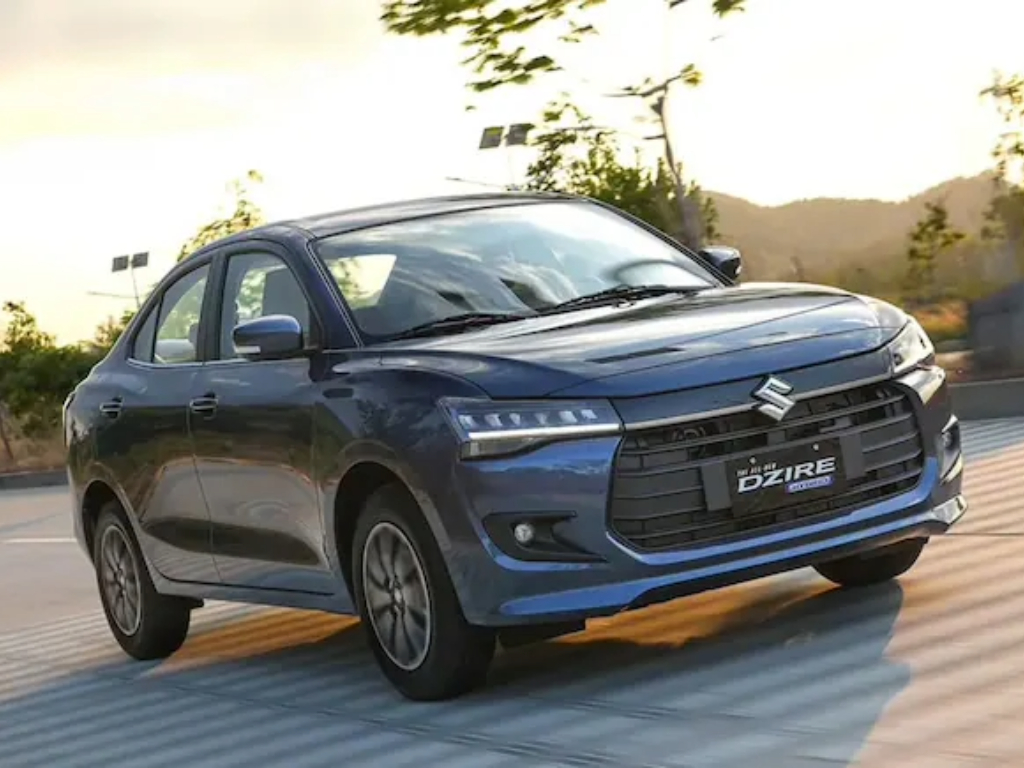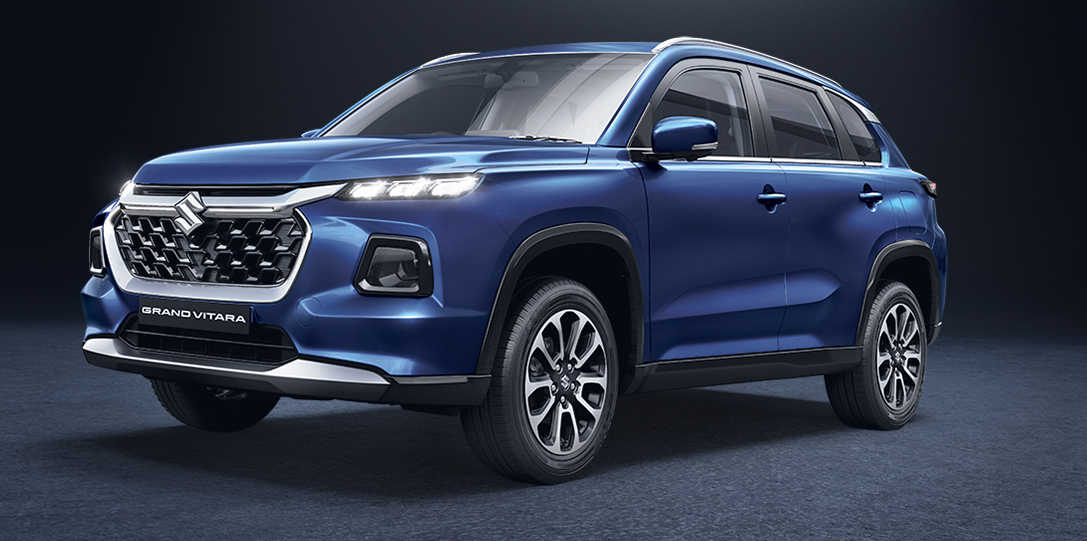

Maruti Suzuki Targets 2.55 Million Vehicle Production By FY2026
May 21, 2025
0 Comments

Maruti Suzuki Targets 2.55 Million Production By Financial Year 2025-26, Will Introduce New SUVs & EVs
Maruti Suzuki has set a bold goal of producing 2.55 million vehicles by the financial year 2025-26. This will include domestic and export volumes and OEM supplies. This is a near 10% growth as compared to the previous year.
As part of a multi-pathway strategy, the company aims to focus on ICE, CNG, Flex Fuel and BEV to maximise production. The company aims to implement this approach with the eventual goal of regaining 50% market share. Maruti Suzuki’s long-term goal is to produce 4 million units annually, indicating a focus on product and powertrain diversification.
SIAM industry reports forecast a slow growth of 2-3% in the current financial year. However, Maruti Suzuki remains bullish and projects a growth of 5-6%. This estimation is relying on the SUV and EV launches in the coming months.
Maruti Suzuki Y17
Maruti Suzuki is also expected to launch a new SUV, codenamed Y17, under the FY26 plan. The company will position it above the Brezza but below the Grand Vitara. The company recently trademarked the name ‘Escudo’, potentially indicating it as the name of the new SUV.
Maruti Suzuki initially intended for Y17 to compete with 3-row SUVs like MG Hector Plus and Mahindra XUV700, but it is now repositioning it to compete with the B-SUV segment. Hyundai Creta currently dominates the latter. We expect the Y17 to be powered by a hybrid powertrain and a dual-cylinder CNG variant.
Expect Maruti Suzuki to offer the new SUV slightly longer than the Creta but in the same price category. Maruti Suzuki aims to achieve a combined volume of 2 lakh units of the Y17 platform in FY26.
The Arena network will sell 1 lakh units out of those. Maruti Suzuki will sell the remainder as exports and supply them to Toyota under the OEM partnership. The brand will manufacture the Y17 at the company’s Kharkoda manufacturing plant.
Maruti E-Vitara
Maruti Suzuki is also set to launch the E-Vitara by the festive season. Other models like the Grand Vitara, with a target of 2.64 Lakh units, will be a key driver alongside high-volume models like the Fronx, Baleno, Ertiga and Swift. The high-volume models have a target of 3.03 Lakh, 2.73 Lakh, 2.32 Lakh and 2.1 Lakh, respectively.
Outlook
The company has also clearly communicated to its supply chain to prepare for increased complexities for the financial year 2026. This is done in regard to the manufacturing of BEVs, CNG and flex fuel technologies. However, this is a big gamble wherein the execution risks are high in the backdrop of uncertain global conditions.
This is causing fluctuations in the prices of components and fuel. It is important to note that Maruti Suzuki is operating on its lowest market share in over a decade, and foundations need to be laid for future success. The success of the brand’s strategic gamble heavily relies on consumer sentiment, which can change in a price-conscious environment where they operate

Source: Autocar Professional
The post Maruti Suzuki Targets 2.55 Million Vehicle Production By FY2026 appeared first on MotorBeam.
Add a comment Cancel reply
Related posts

September 11, 2025
Skoda Vision O Concept Unveiled At IAA, Showcases The Brand’s Future Design Language Skoda has unveiled the Vision...

Tata.ev Megacharger Hub Launched In Mumbai
Shubham Kumar
September 11, 2025
Tata.ev Megacharger Hub Unveiled, Will Serve Private EV Owners, Taxis, Ride-Hailing Fleets, and Logistics Operators Tata Power partnered...

Nissan Magnite Price Reduced Amid GST Reforms
Shubham Kumar
September 10, 2025
Nissan Magnite Price Reduced Amid GST Reforms, CVT Tekna Variant Price Reduced By Rs. 1 Lakh Nissan has...

MG To Reduce SUV Prices Amid GST Reforms
Shubham Kumar
September 10, 2025
MG Reduces Prices Of SUVs Amid GST Reforms, Gloster To Benefit Up To Rs. 3.04 Lakh MG has...
We are the best cars listing platform in india.




